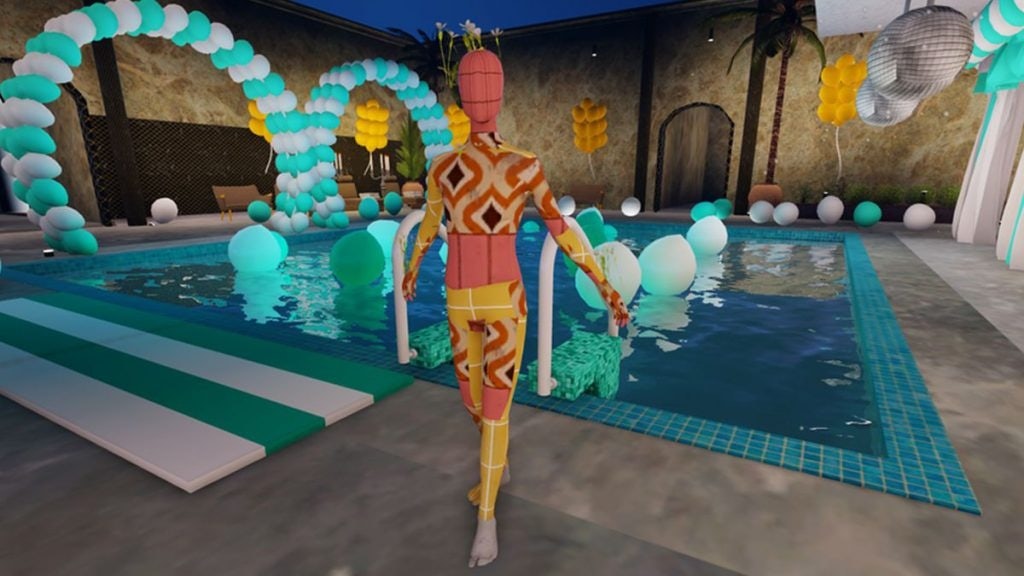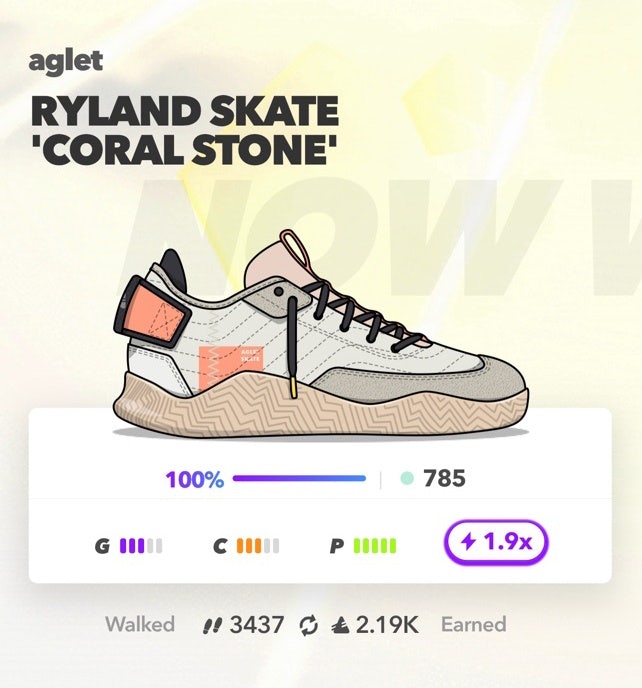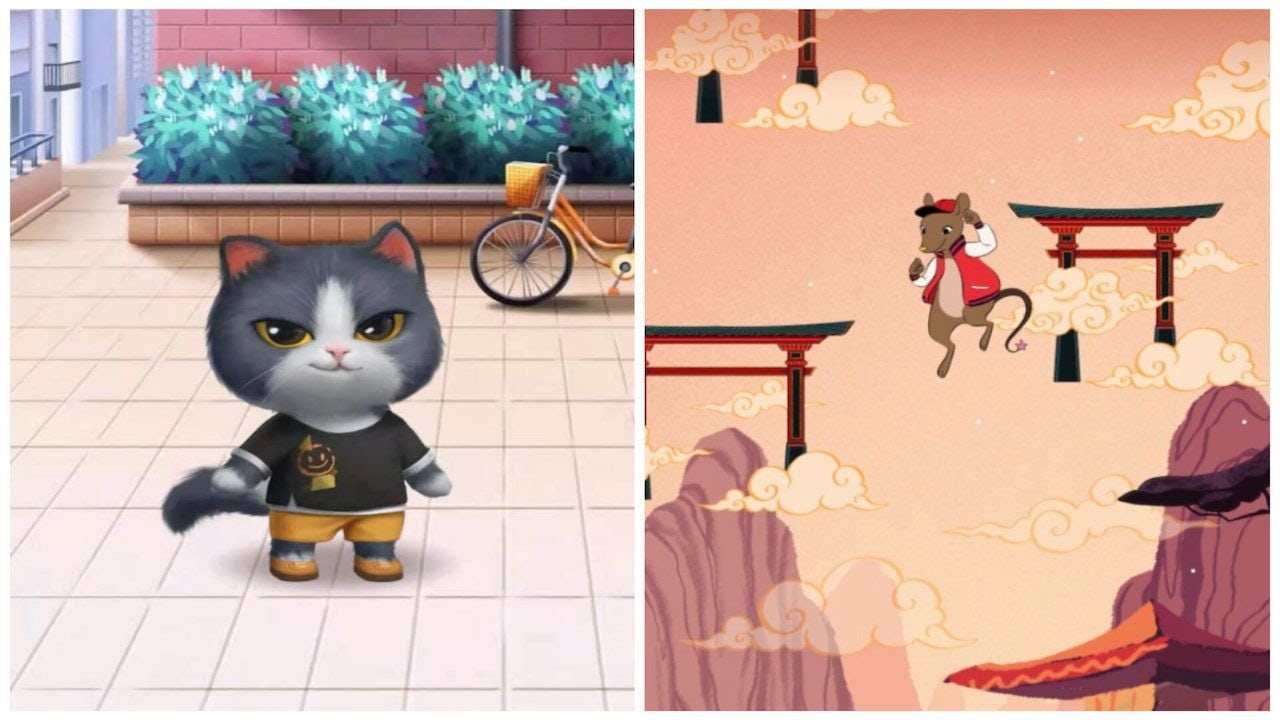Key Takeaways#
- The phrase "metaverse" was first coined in 1992 in Neal Stephenson's Sci-Fi novel "Snowcrash." Thirty years on, industry analysts are no clearer on what it actually means.
- During the lockdown, restrictions accelerated digital efforts, but big luxury brands have consistently aimed to create metaverse realities through narratives and immersive storytelling.
- In China, there is a lack of maturity in the sector and despite younger consumers' prophecy for gaming and digitization, current demands might challenge the sector's credibility.
The creation of a metaverse — an online world that fulfills real-world desires and activities — was always inevitable. From sci-fi novels to Hollywood blockbusters, we have been well prepared for it. But few luxury brand CEOs could have realized it would be on the agenda this quickly.
Thanks to the unprecedented pivot from daily life to online life during COVID-19, exciting new possibilities for luxury have opened up, pushing the concept of a virtual metaverse from the edges of the expanse to mainstream thinking.
The phrase “metaverse” was first coined in 1992 in Neal Stephenson's Sci-Fi novel "Snowcrash." Yet, 30 years on, industry analysts are no clearer on what it actually means. Some claim it is an overarching digital world like the film Ready Player One depicts; others see it simply as an "add-on" filter to our physical world.
Nevertheless, for those in doubt that the metaverse has landed, only last month, Tim Sweeney, the CEO of Epic Games, stated in court that: “Our aim of Fortnite is to build something like a metaverse from science fiction.” When pressed, he clarified by saying he meant “a virtual world for socializing and entertainment.” Early role-playing games like LukasArt’s Habitat (1986) did just this by inventing virtual, large-scale, graphics-based communities — aka “cyberspaces.”
These games or communities operate by mimicking the essentials of real life as closely as possible, which often includes the trading or purchasing of products through in-house currency. Recent accelerations in retail digitization and an uptick in gaming have meant that, even if the industry isn’t entirely in agreement about what the metaverse is, it has value.
By 2025, the revenue from virtual worlds is predicted to approach 400 billion. Here, Jing Daily looks at luxury's opportunity via the metaverse and what role tech-savvy China will play in its uptake.
Lots of potential but luxury is hesitant#
According to reports off the record, luxury names are indeed in the process of creating their own version of metaverses by tapping consultants, early adopters, and gaming experts to devise their immersive spaces. Co-founder of experiential marketplace The Dematerialised, Karinna Nobbs, suggests that the idea of a metaverse lies in community and culture, which would also explain its appeal to brands.
“All of the luxury brands are planning things and talking about how to create a virtual digital representation of their brand as another touchpoint, which is very encouraging,” she explains.
On the flip side, the add-ons of blockchain and decentralization make “conservative businesses nervous about the impact of this on existing power structures and economics.”
These structures could see the creation of vast new pillars — albeit fake ones — for socializing and shopping. Marta Waydel, a specialist in fashion tech and gaming, has an expansive way of visualizing what the metaverse might look like.
“We can probably expect metaverse malls, which would be new sales channels and virtual spaces where shoppers could talk to other shoppers, explore digital fashion items and enjoy an immersive experience,” Waydel states.
Gaming platforms such as Fortnite and the digital marketplace Roblox already offer a glimpse at what metaverse malls might resemble. However, the mainstream adoption of such a mighty online space will take time; Waydel thinks it won’t come without what she terms “a sustained effort by tech giants, innovative startups, and fashion brands.”

Gucci’s CMO Robert Triefus told TechCrunch: “In the last six years, [Creative Director Alessandro Michele] has created a Gucci Metaverse but it’s not necessarily a digital manifestation, it’s a narrative.” Surely the next step is easy?
As Nobbs concedes, “There is a willingness and a curiosity, but when we talk to them, there is a reticence to be first. They want to see it proven.”
Is luxury's metaverse baby steps enough thus far?#
Still, during the lockdown, restrictions accelerated digital efforts, and money has been flowing into the sector. That said, instead of creating a full metaverse, we are currently only seeing small-scale experiments from brands, which could be the result of their trepidation.
Most of these revolve around innovations in virtual fashion, gaming, and VR. Avatar startup Genies raised 65 million to develop its NFT marketplace, which allows users to create and trade tokenized avatars, clothing, and accessories. In May, the Epic Games idea showcase, Snap Partner Summit, featured new AR spectacles and the current collaborations it has instigated with Prada, Farfetch, Piaget, and MAC. It announced the acquisition of WaveOptics for more than 500 million.
Burberry has been exploring this market heavily via the game Honor of Kings and its own video game, Afterworld: The Age of Tomorrow. Meanwhile, Louis Vuitton has designed skins for Riot Games’ League of Legends. From Charlotte Tilbury to Jo Malone, companies have recently created strong virtual experiences; the material science name Pangaia pioneered digital presentations with Anam XR while the Circular Fashion Summit went virtual, supplying headsets to long-distance attendees.
Recently, the Gucci Garden Experience on the digital fashion marketplace Roblox has been a notable barometer of interest in virtual fashion purchases. The luxury leader created a virtual locale with a pool, balloon arches, and, of course, a shopping space where the prices of some items exceeded IRL price tags (reaching above 4,000 or 350,000 Robux).

One of those closest brushes to an actual metaverse comes from the Japanese beauty company SK-II via its virtual city modeled on Tokyo. In SK-II City, visitors (or players) can explore this bustling metropolis. More importantly, they can enter branded experiences.

CEO of Aglet, Ryan David Mullins, defines the metaverse as reality with a game layer on top. Aglet is a new free-to-play mobile shopping game that combines virtual, social, and physical gameplay to reimagine the future of commerce.
The game features a map of the physical world full of destination check-ins and even integrates real-time weather — perfect for helping you keep your sneakers clean. Chinese sportswear giant Anta also has a sneaker in the game, as does Gucci and adidas.

Aglet’s virtual sneaker, Aglet 1, is about to go into production IRL at the end of the summer due to unprecedented popular demand from players. This idea of testing products affords luxury brands another route for trying out new designers and cutting costs.
“Imagine being LVMH? Your avatar can have a Rimowa suitcase with your Louis Vuitton or Dior sneakers in it, just birthed in the metaverse,” Mullins says. Using this concept, companies can figure out exactly how many to make because demand is based on popularity in that game space.
For Mullins, this allows them to be “sustainable, reach a new audience, and merge the two facets of digital and physical.” And, having the ability to create products in a digital environment as a test will enable brands to be “less wasteful and more informed.” Additionally, he adds, these worlds are a whole new environment for creators and could spur all kinds of advertising and marketing revenue or creativity.
Will China make or break the metaverse?#
Given that China has been hesitant to embrace global cryptocurrencies and NFTs, one might expect it to have the same reaction to a metaverse. However, to some extent, its big tech giants have devised metaverse-like online malls already in the form of platforms or apps like Taobao and Tmall, JD.com, or WeChat.
Regardless, the metaverse idea is so new in China that there is no definitive term in Chinese for “metaverse,” which Kerstin Brolsma, an analyst at China Market Research Group, feels points to a lack of maturity in the sector.
“There still needs to be significant investment in consumer awareness and understanding of what it is at large and how synonymous the real and the digital can be," Brolsma says. "It’s mostly Tencent that has been pushing investment into growth.” The tech giant — which owns the League of Legends maker, Riot Games, and Clash of Clans developer, Supercell — is a world leader in the gaming space, too, with an extensive list of video game investments.
It also develops and operates several high-profile titles in China, including Arena of Valor, Honor of Kings, PUBG Mobile, and Call of Duty: Mobile. Brolsma points out that late Millennials and Gen Zers have grown up with gaming, so virtual fashion or dressing avatars already makes sense. Therefore, they have obvious potential as fans of metaverse-living.
“They are demanding experiential shopping, so it’s an easy sell to suggest that a merging of physical and digital will add value to their life," Brolsma adds. "It’s about connecting the dots. If brands do it, they will be open.” In fact, Chinese singer A Duo, who rose to fame through the talent show Sisters Who Make Waves, sold one of the first NFT Chinese songs in May for 47,000.
However, as she highlights, China’s COVID-19 experience ended last May. Therefore, the demand for these digitally-driven experiences has jumped more in the West due to its prolonged confinement period. China, on the other hand, has different priorities now.
“I think where brands are headquartered will influence how the metaverse is built over the next five, 10, or 15 years," Brolsma concludes. "China has a different need now, and that also speaks to a broader challenge for fashion about how recovered China is right now.”
Whether China gets on board with the Western idea of a metaverse might well shape its eventual evolution — from aesthetics to currency. For now it’s too early to call but brands that are at least at the drawing board will have a final say. As Keanu Reeves would say, that’s Quantum Baby!

